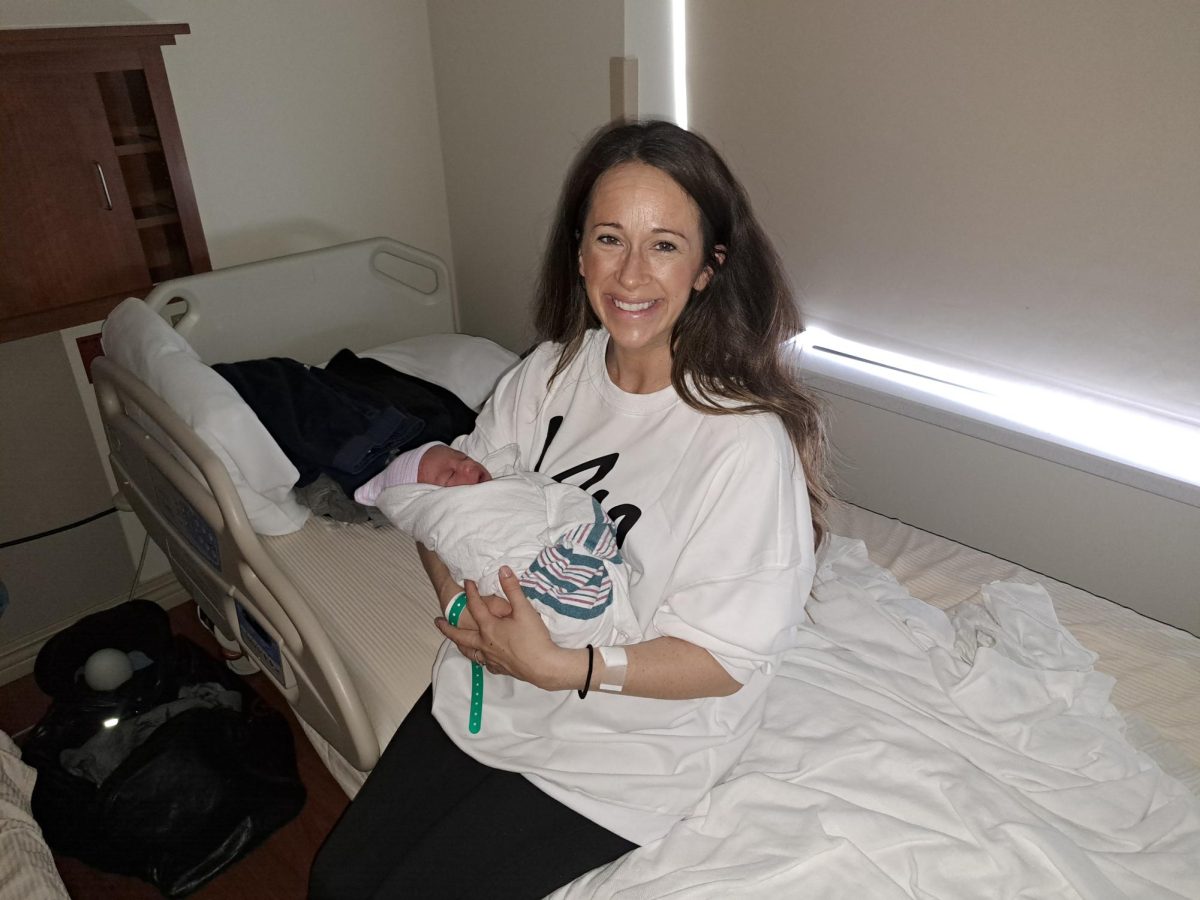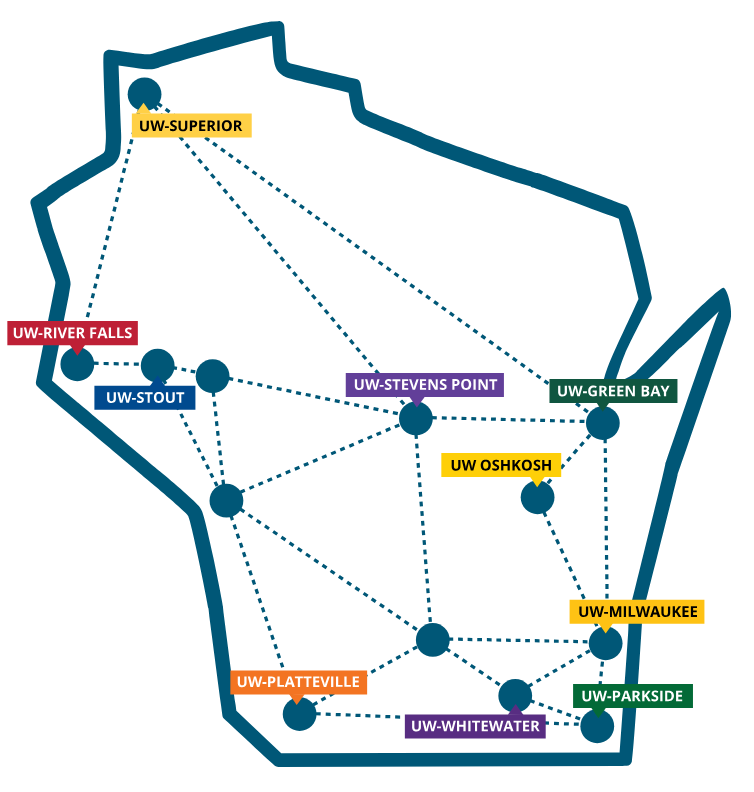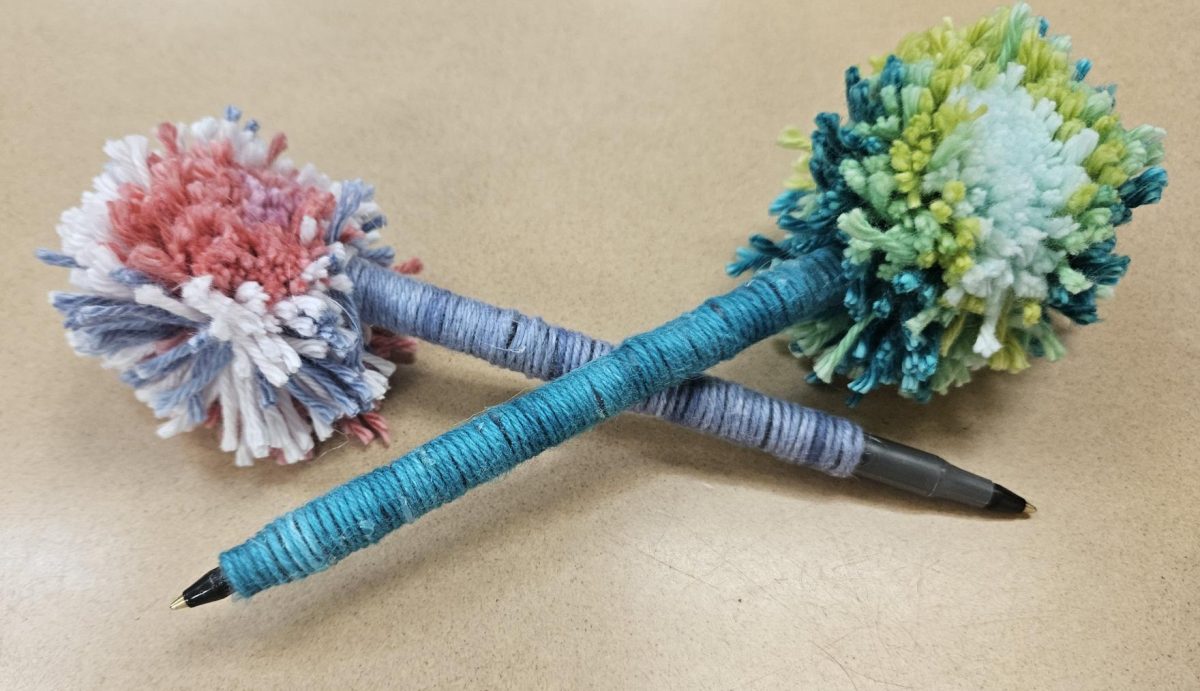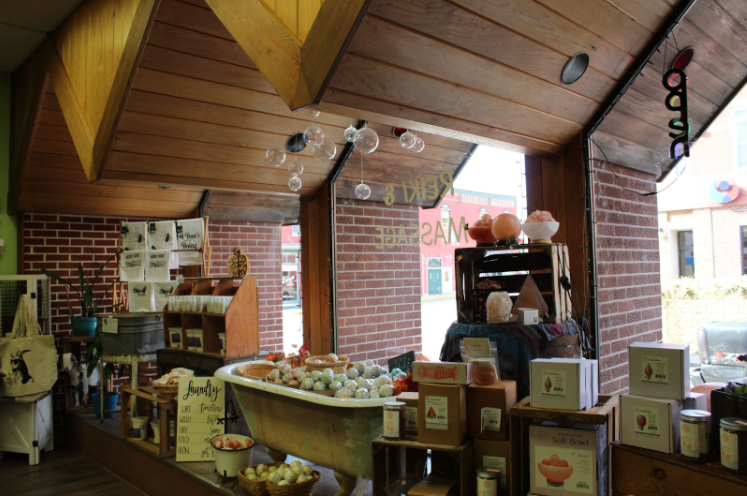Jacqueline Schommer, spouse of Assistant Principal Kurt Schommer, decided in February, 2023 to sign up to be a surrogate for another family unable to have their own child. She met this family through a surrogacy agency, and in April, 2024 she gave birth to a baby boy for them.
“I love helping people,” Jacqueline said. “I heard their story and immediately wanted to help them. Of course there were times being pregnant was challenging, but overall it went really well.”
The intended mother, whose name we are withholding at her request, chose to have a child through surrogacy after four years of infertility.
“We tried everything. After many failures and figuring out my body couldn’t carry a pregnancy successfully, we decided to turn to gestational surrogacy with our remaining embryos. It was our best chance to have our own genetic child,” the intended mother said. “After so many years and so many failures, there’s only so much we could take (mentally and physically), and we knew the next best option was surrogacy.”
Kurt Schommer, husband of Jacqueline Schommer, said he was very excited for Jacqueline to become a surrogate for another family, and offered his support during the pregnancy.
“It was always in the back of my wife’s mind that our pregnancies were pretty smooth, so she wanted to give a child to somebody else that couldn’t have kids,” Kurt said. “I think it’s so selfless of her; she’s a selfless person. This is the ultimate gift you can give someone.”
During the process, Kurt gave Jacqueline daily injections for 14 weeks in order to prepare her body for the pregnancy.
“Those injections are to build your uterus lining that your body would naturally do itself through a natural pregnancy,” Kurt said. “I think about it as the three little pigs in their straw house–the injections make it a brick house. It thickens the uterus lining in preparation for the embryo.”
The type of surrogacy Jacqueline went through is called a gestational surrogacy. A gestational surrogacy is when the egg and sperm of the intended parents are combined to create an embryo, which is then put into the surrogate and carried to term.
“The one thing that I think gets misconstrued a little bit is that this baby that was born is mine or Jacqueline’s. It is not any of our DNA, is not any of our genetics. This is all theirs,” Kurt said. “It’s not an adoption. This is not anything like that. This is true surrogacy and giving birth for someone else.”
Surrogacy comes with its own line of problems, the main problem being the surrogate possibly growing attached to the baby when it is born. However, Jacqueline did not have this issue.
“A lot of people ask me, ‘Was it hard to give up the baby? Were you attached?’ It is important to know that the baby does not have a single piece of my DNA,” Jacqueline said. “I am growing someone else’s baby, and I am excited for the family to have their child. Seeing the mother of the child get her baby for the first time in the hospital was a beautiful moment that I will remember for the rest of my life.”
Surrogacy is typically a process that couples go through when they have fertility problems. This is the issue that the intended mother faced when trying to have children of her own.
“Some people just cannot carry medically, mentally, or physically,” the intended mother said. “For example, some are cancer survivors who need to stay on certain medications to live and cannot safely go through a pregnancy, so they turn to surrogacy. Or in a lot of cases like myself, we are women who went through years and years of infertility and heartache. Surrogacy was something we turned to as a last option.”
Some families steer away from surrogacy due to fear of the cost. Luckily, for the intended parents, cost was not an issue they faced going through this process.
“I think in the world of celebrity, surrogacy can be looked upon as glamorous and something only the rich and famous do just because they can. But I do want to point out that many surrogacy journeys happen with normal everyday people like ourselves,” the intended mother said. “Media only portrays surrogacy at the very end of the timeline once the baby is born. What is missing is the many years some of these journeys take.”
Media portrays a small sliver of what happens during the surrogacy process. One thing that it typically misses is the surrogate and their role in the process.
“I feel that women who choose to be surrogates are basically invisible to the media,” the intended mother said. “These are women who sacrifice their time and bodies along with their lives sometimes to help create families. I think there should be more spotlight on them.”
Infertility affects many women, more than are typically represented in media. Many people are unaware about how prevalent infertility can be in women.
“I learned going through this process that infertility is more prevalent than people care to talk about,” Kurt said. “It’s very hush hush, which is very sad because a lot of women go through it. It’s important for us to be aware that a lot of women go through it and they can’t have children for some reason or another.”
Although many complications can occur during surrogacy, the entire surrogacy process went smoothly for both the intended family and the surrogate.
“Luckily, everything went smoothly. We feel very fortunate and grateful we were able to complete our family with surrogacy with the help of so many people,” the intended mother said. “I always say it takes a village to raise a child, but sometimes it takes a village to create one.”













